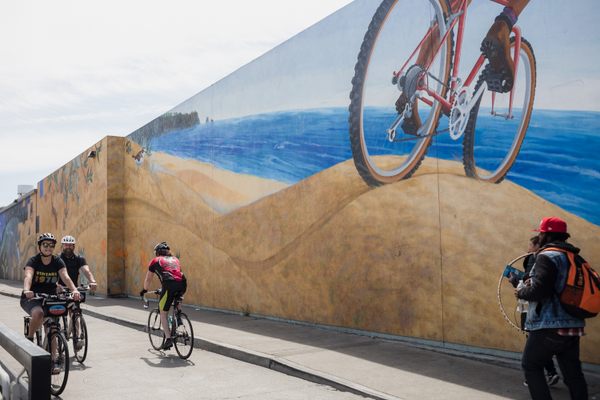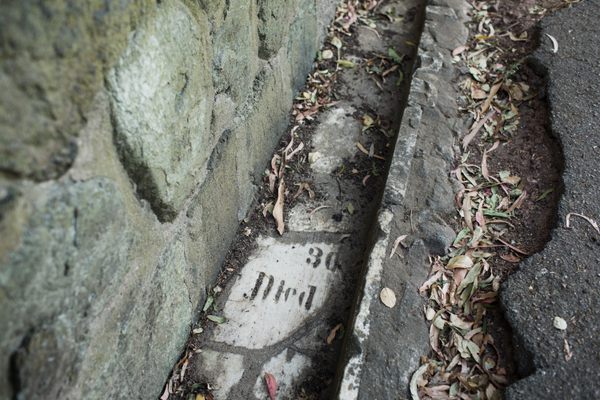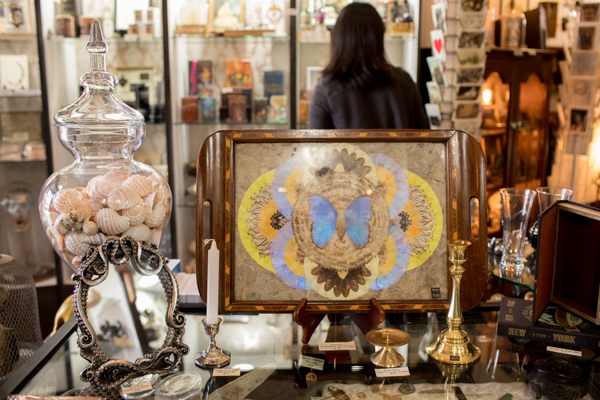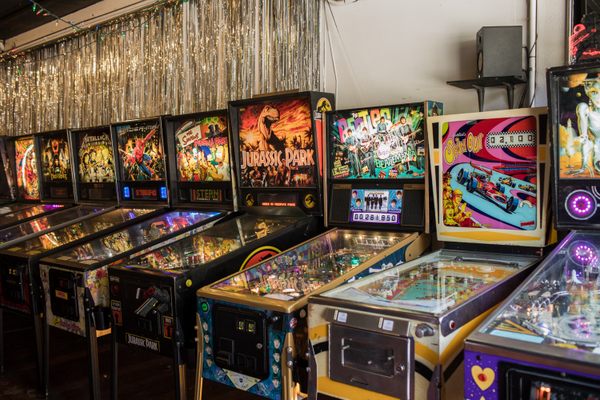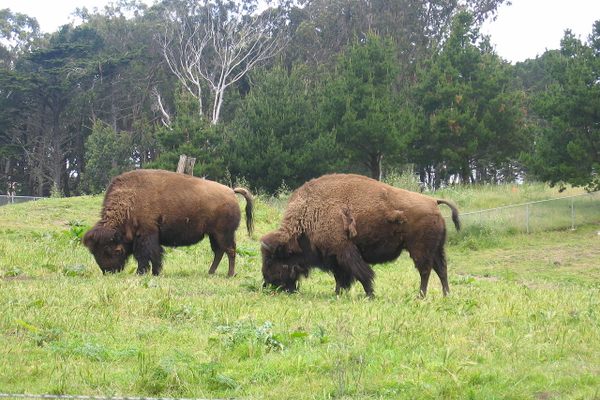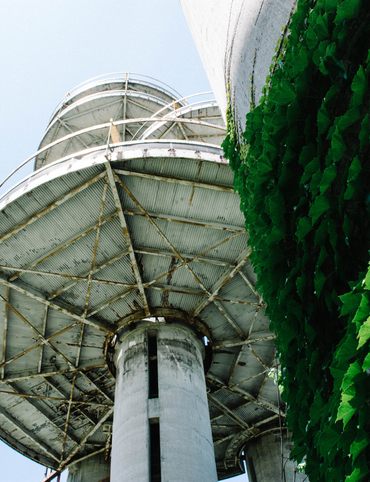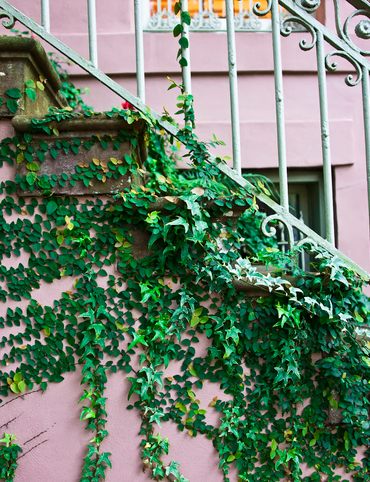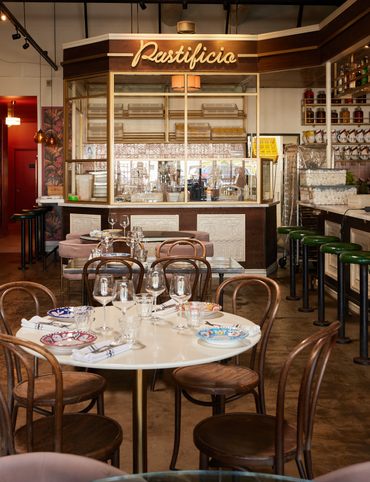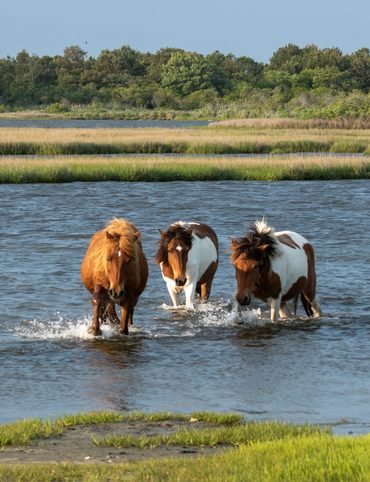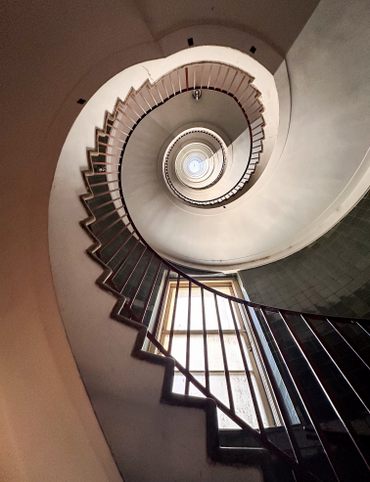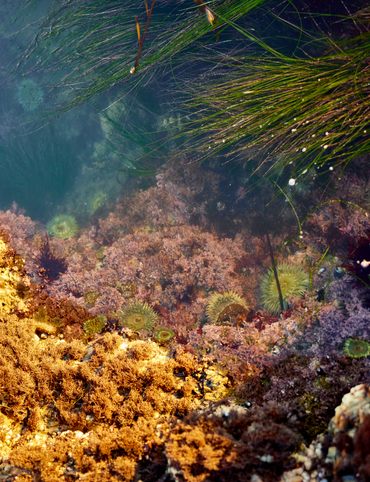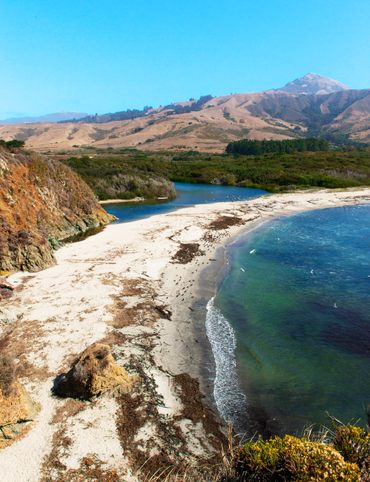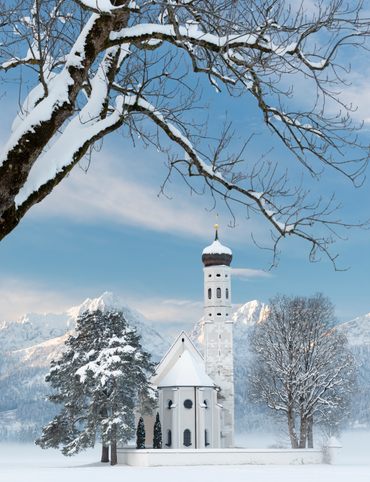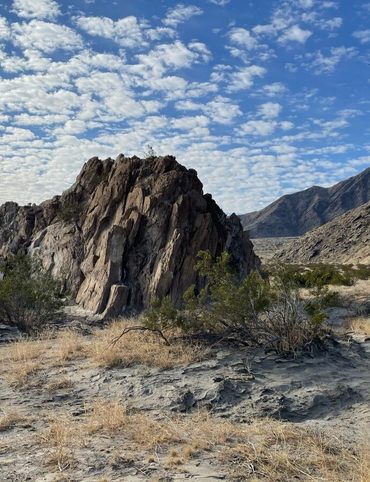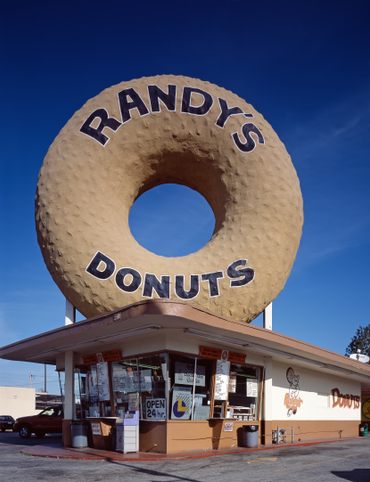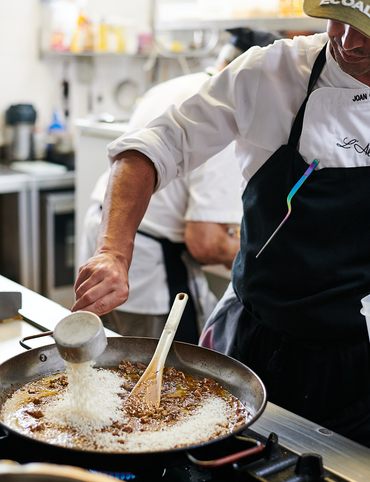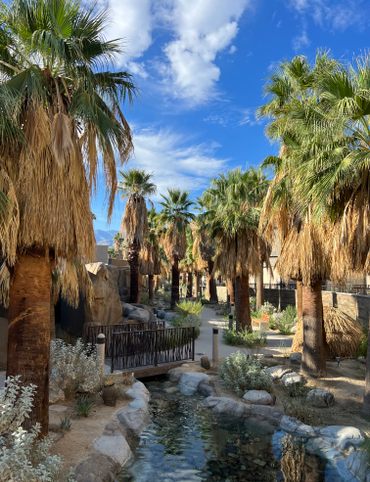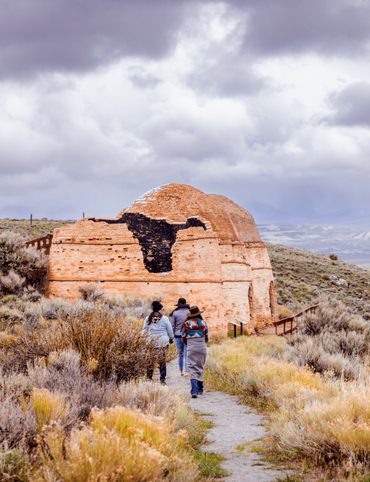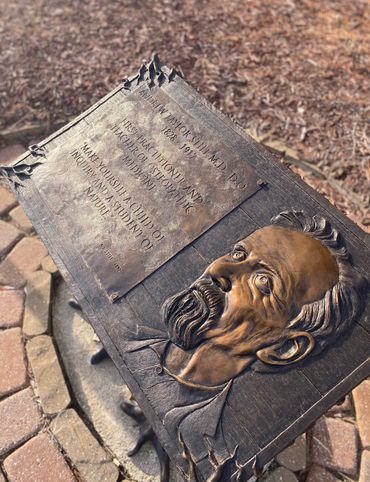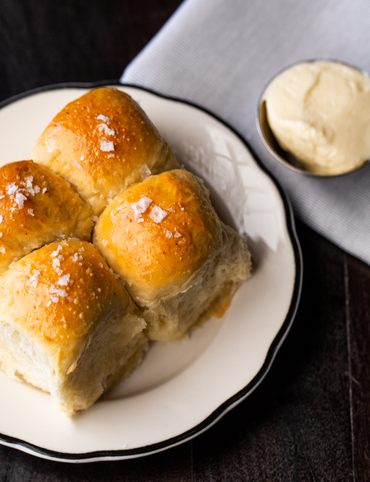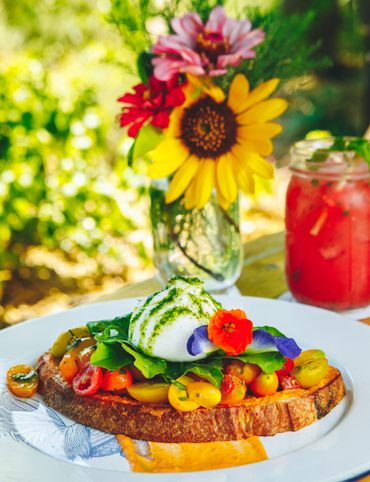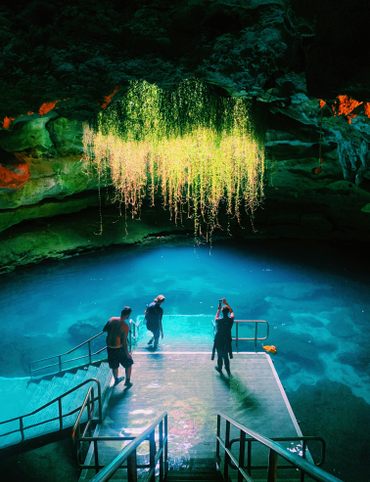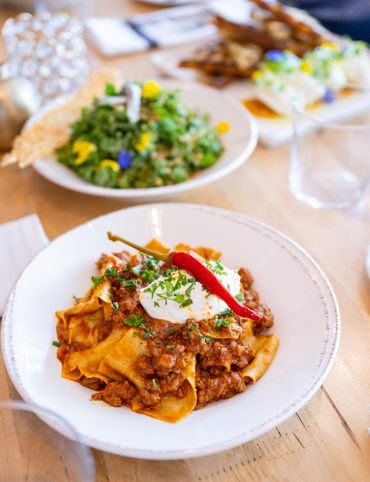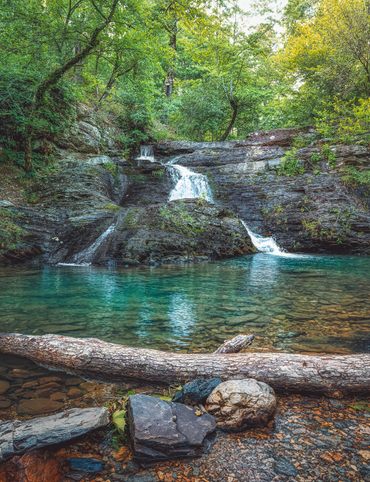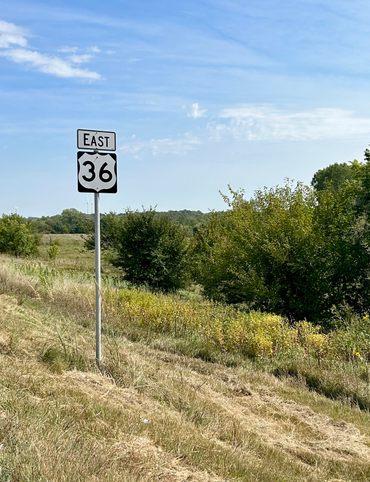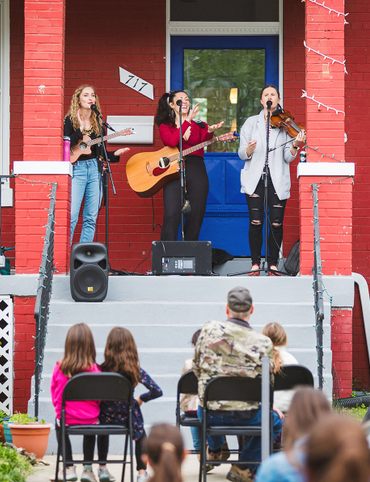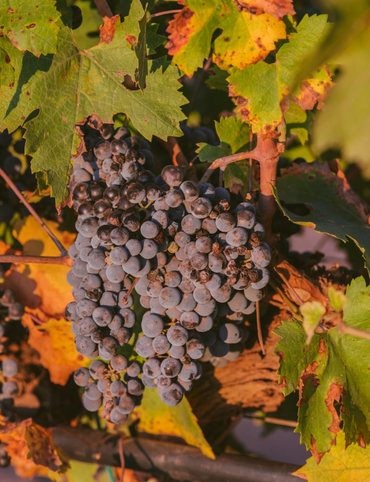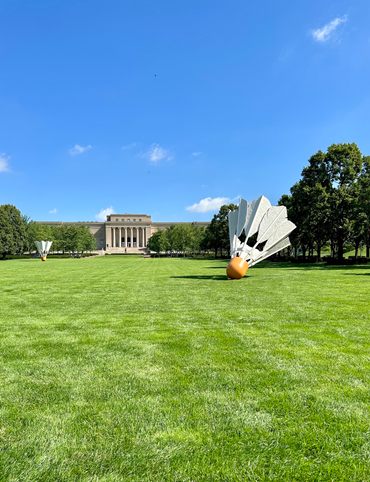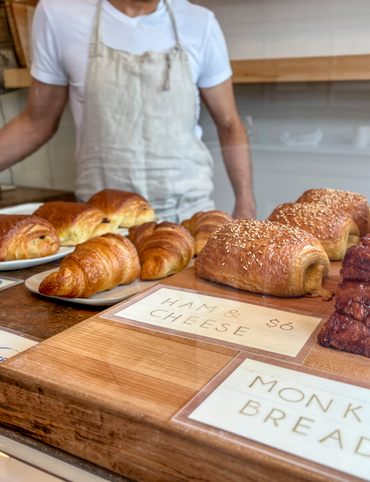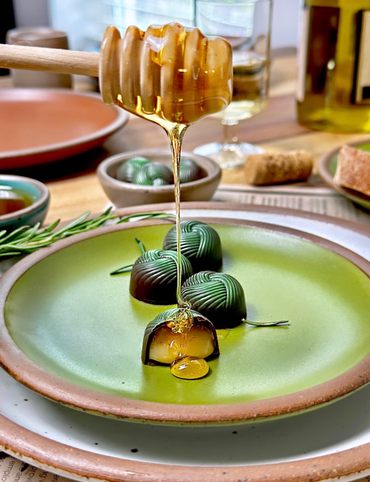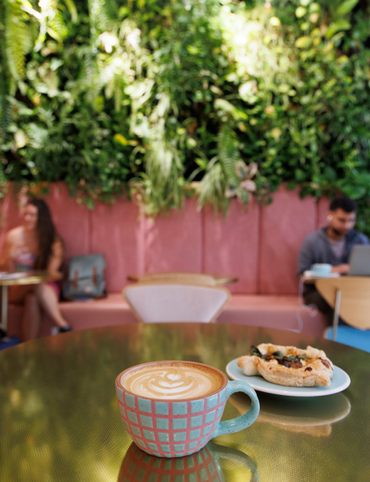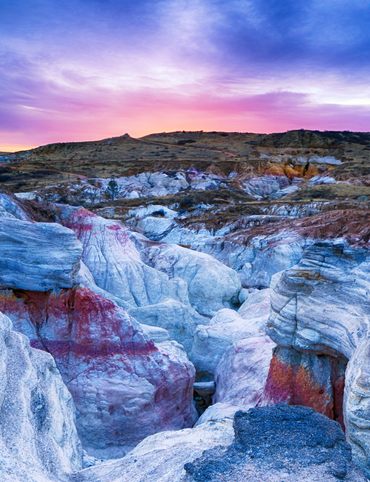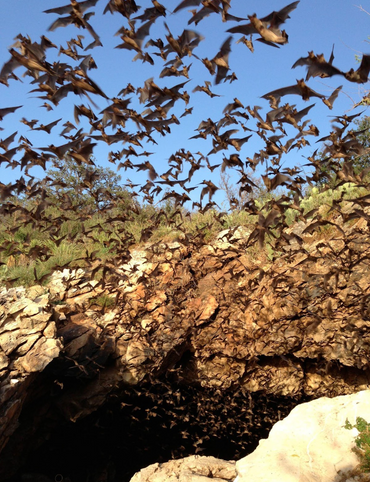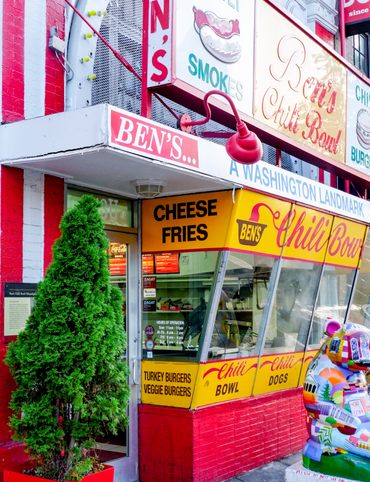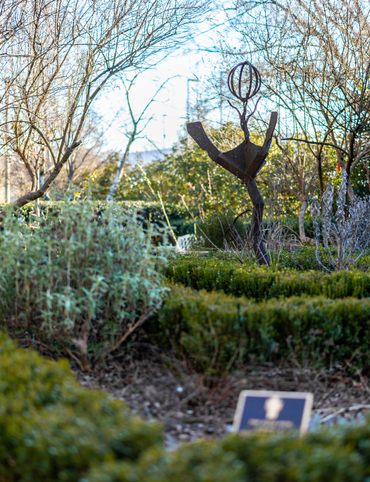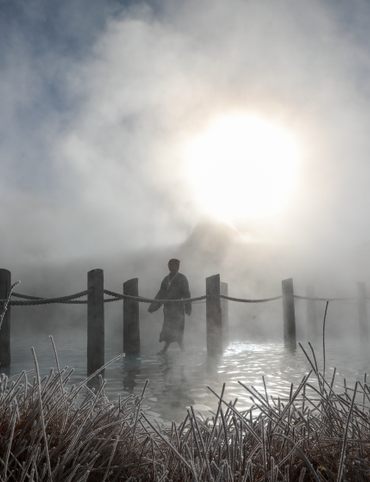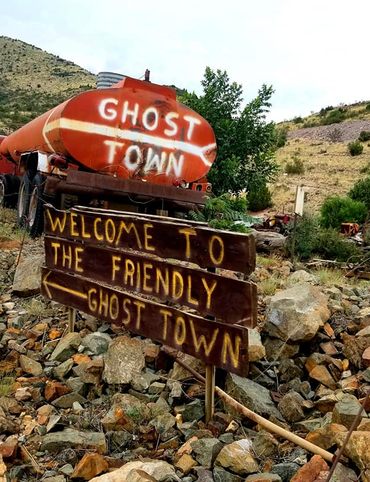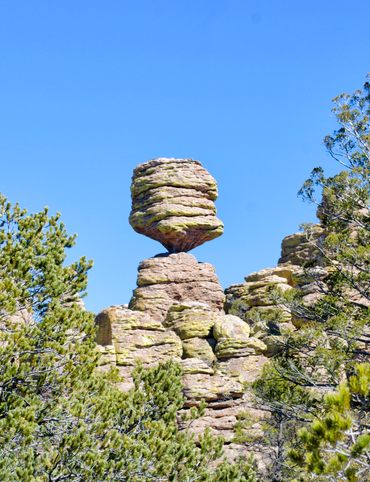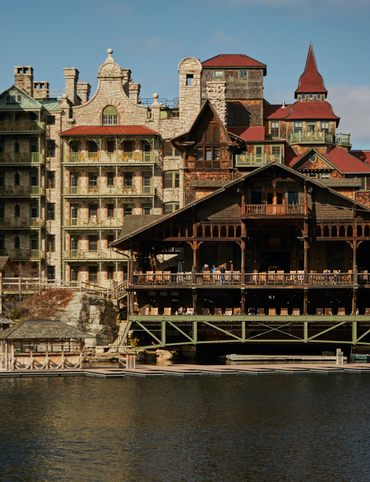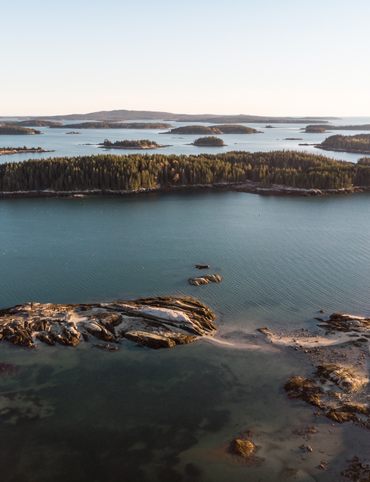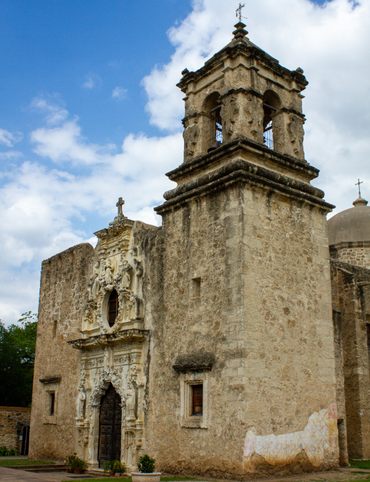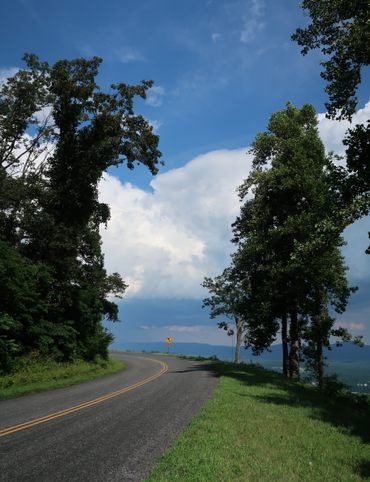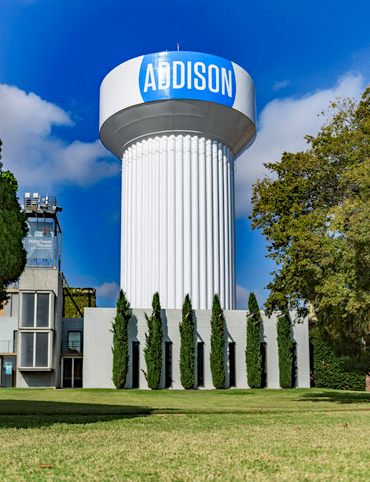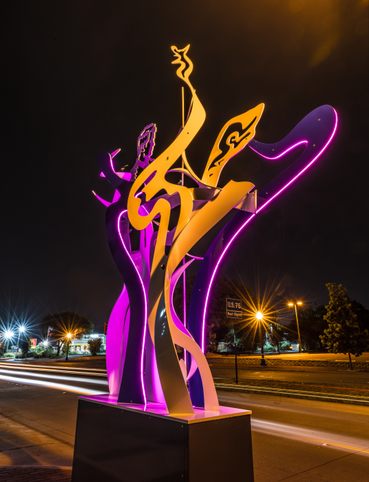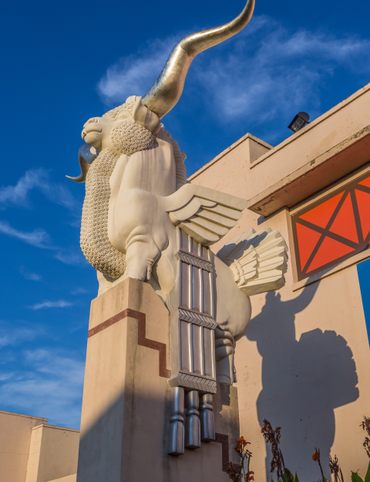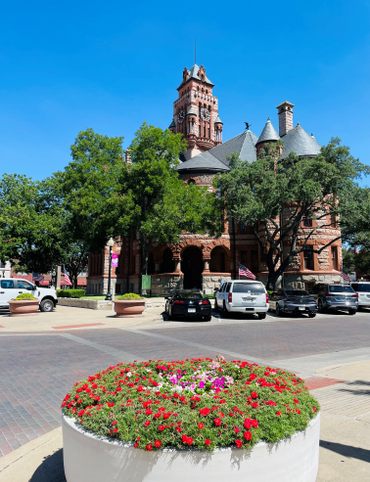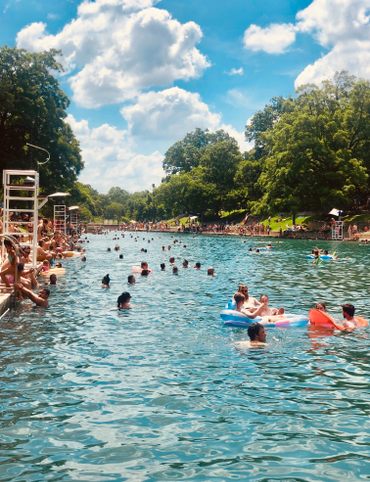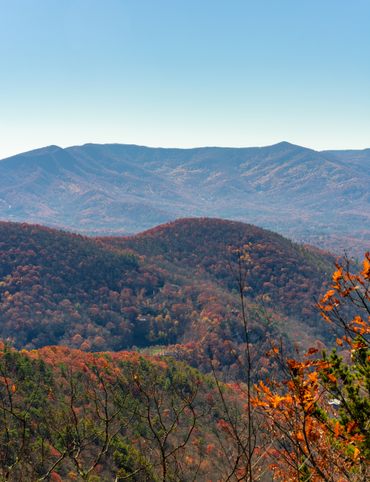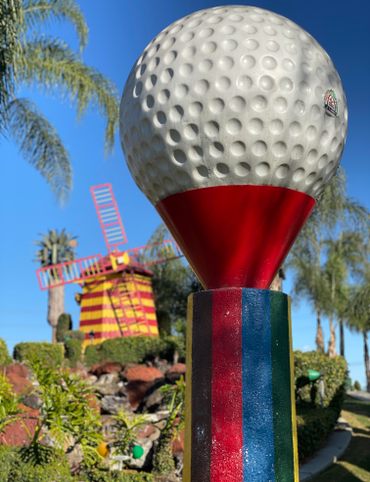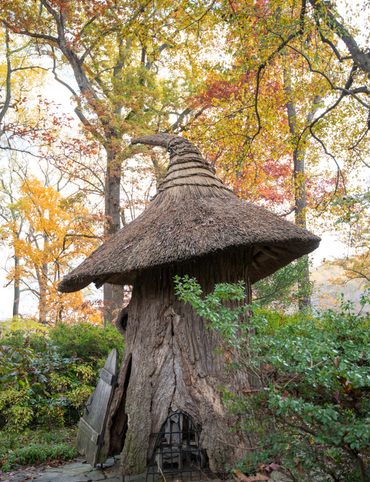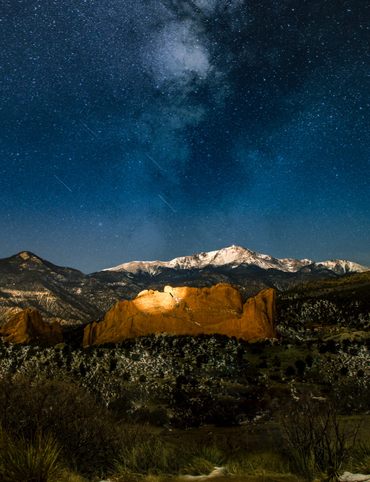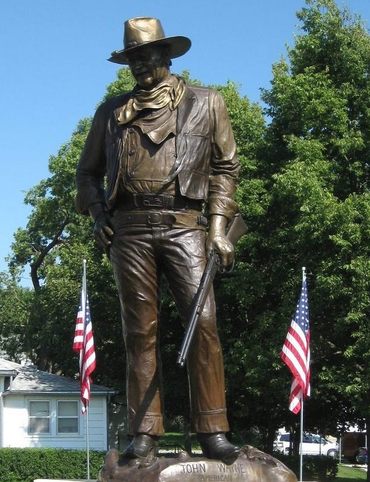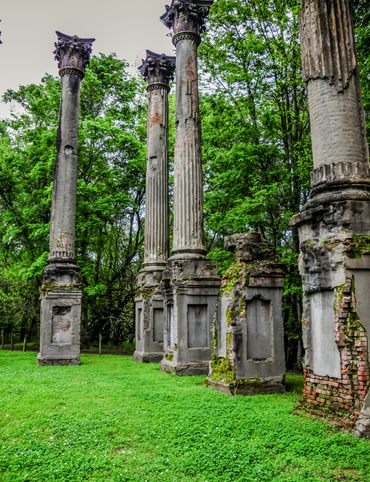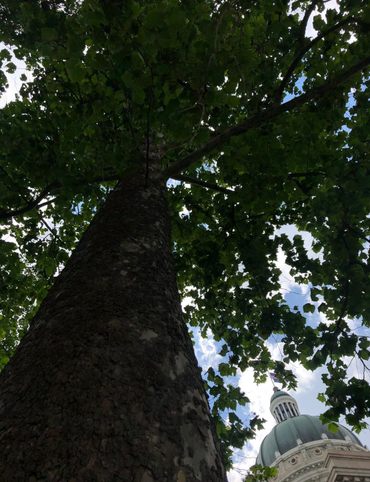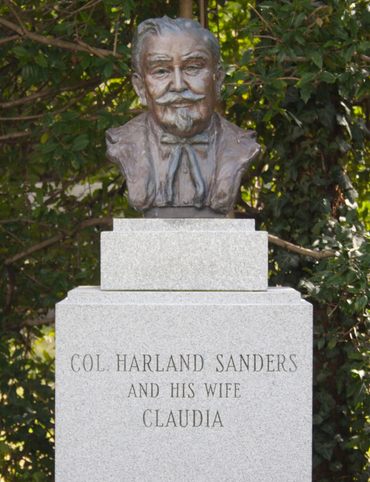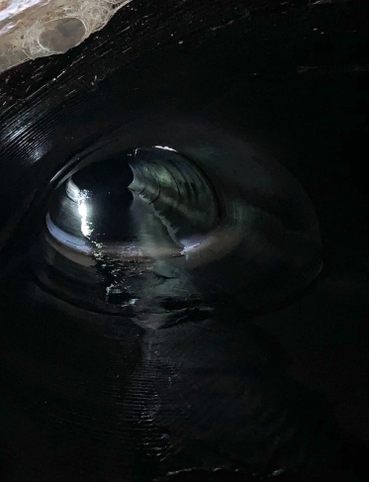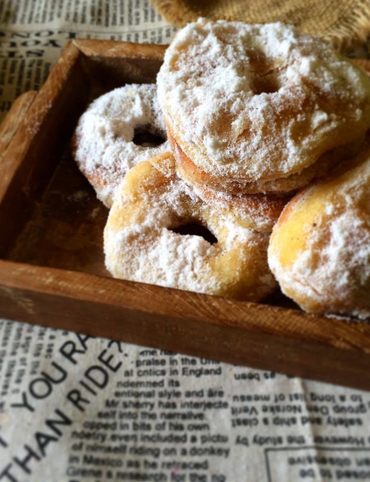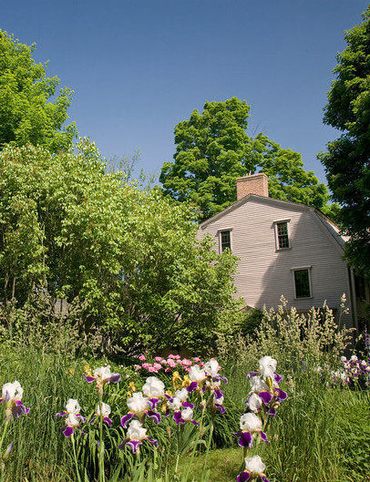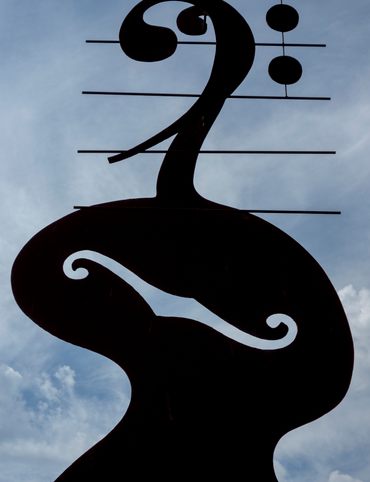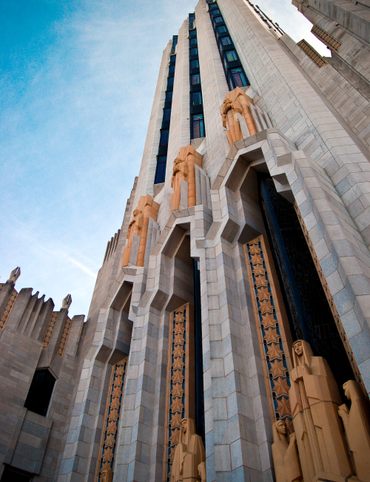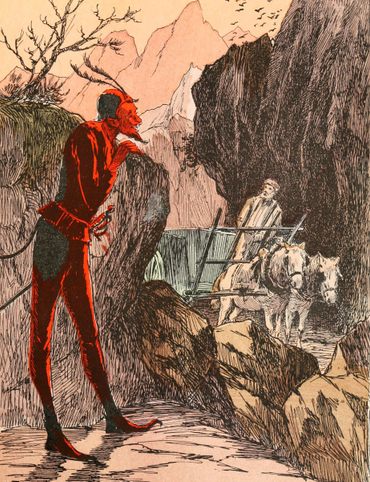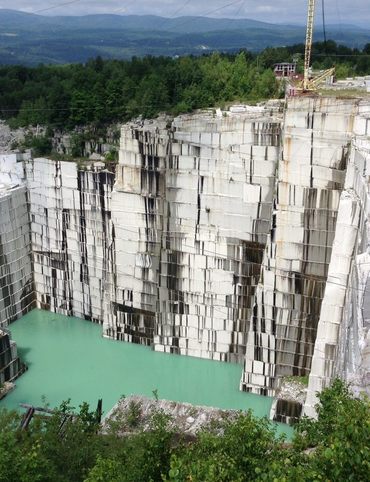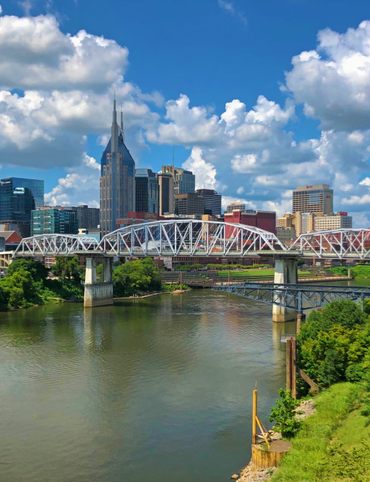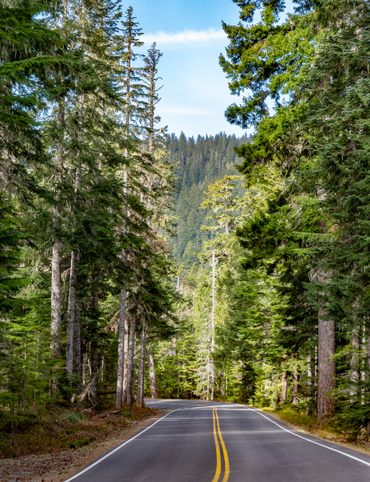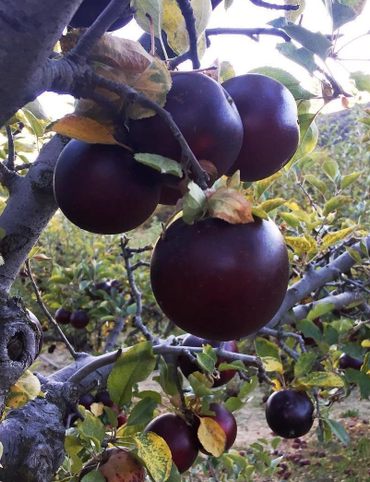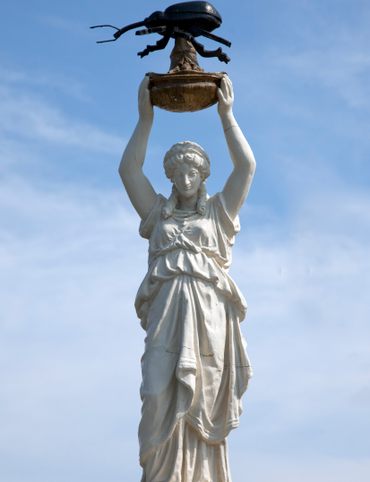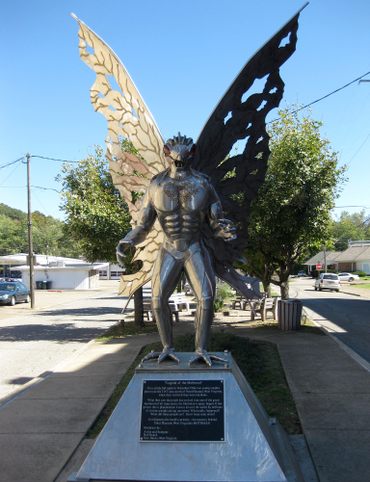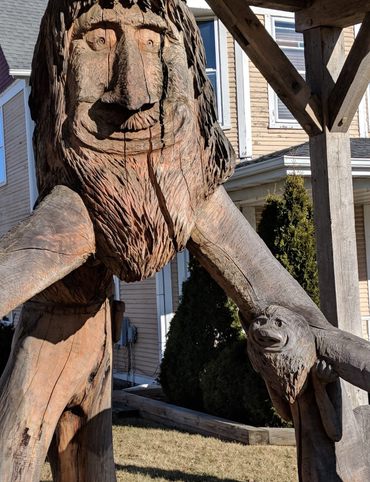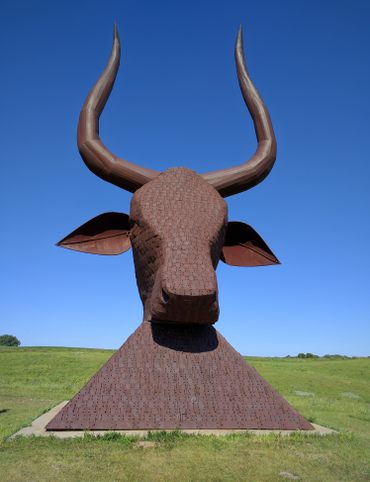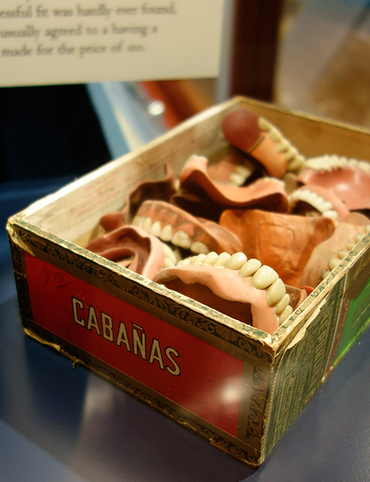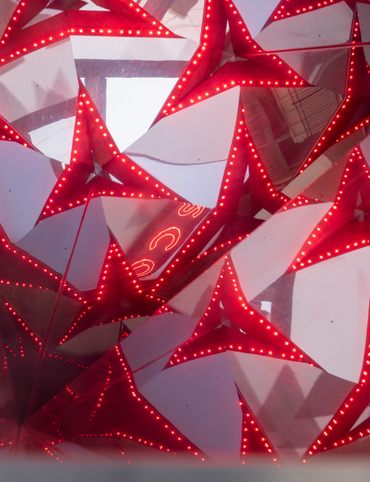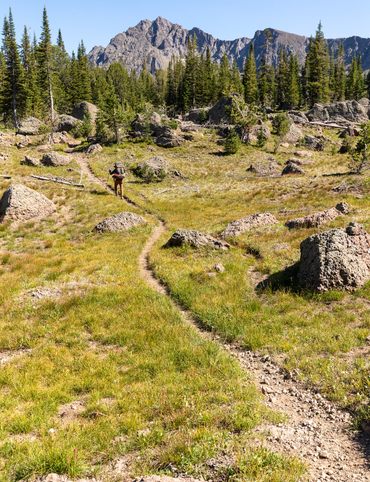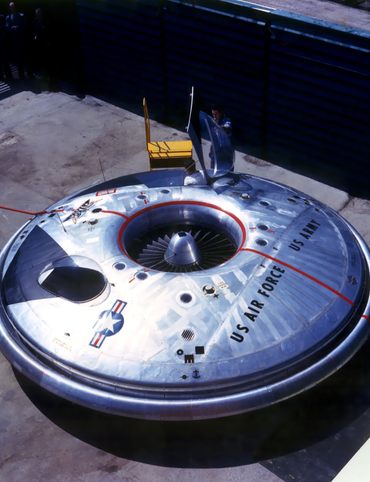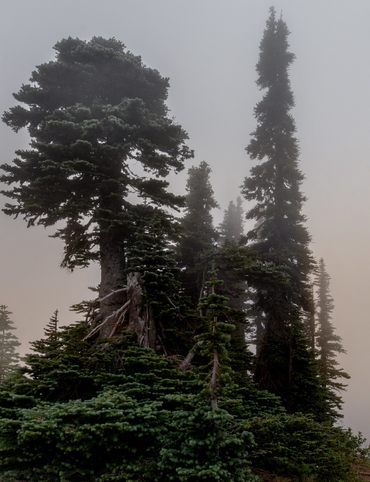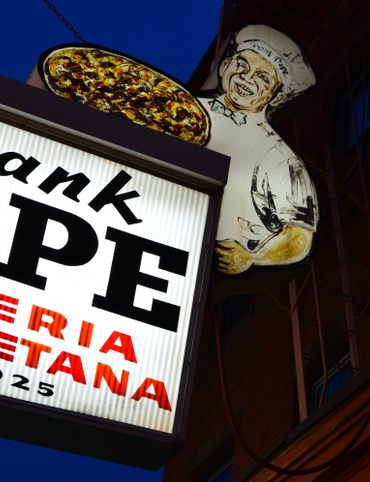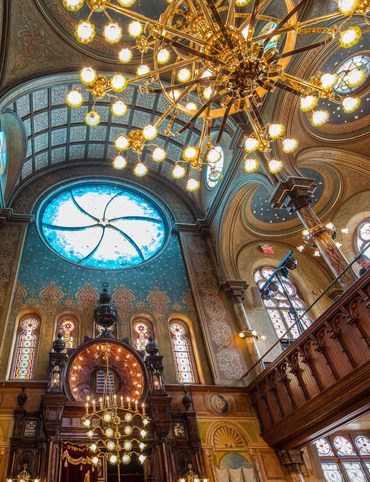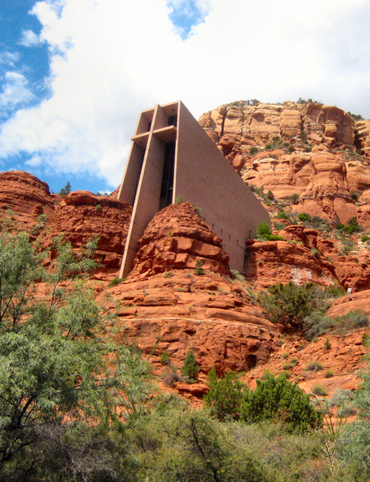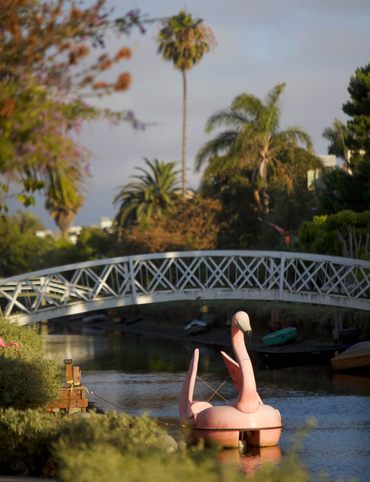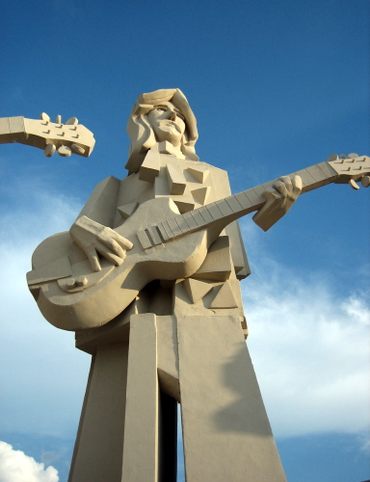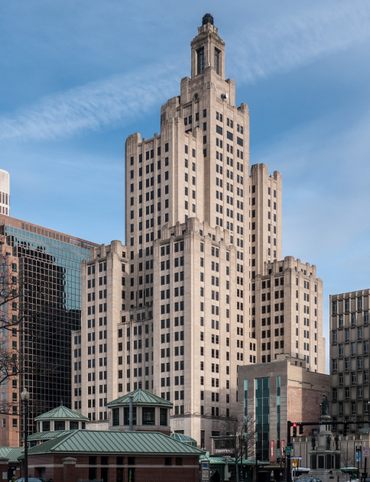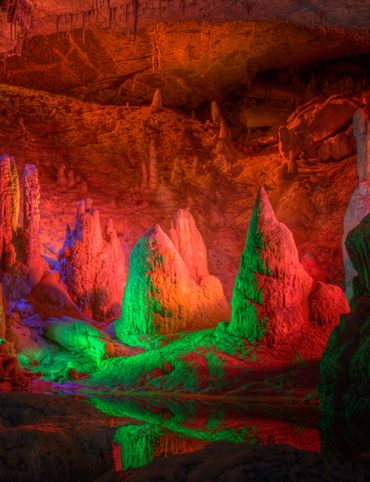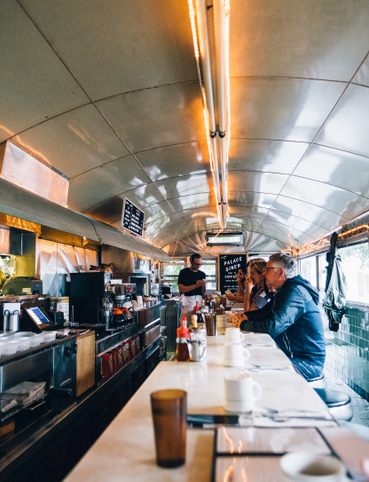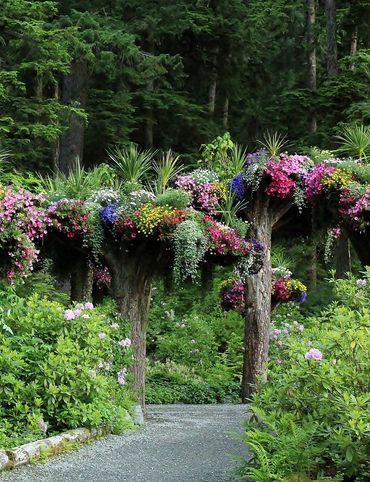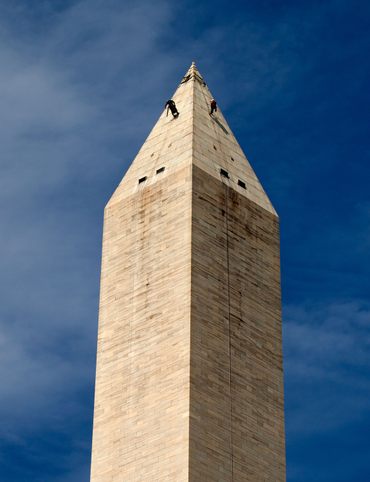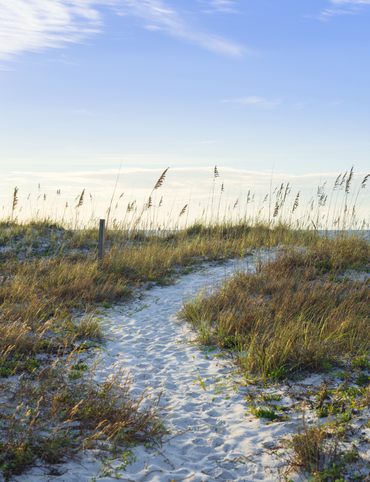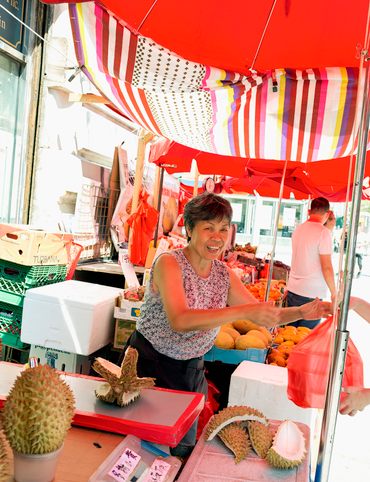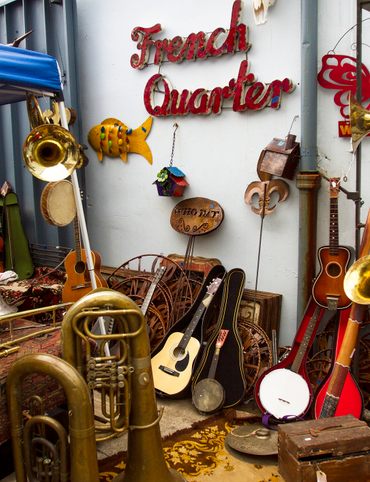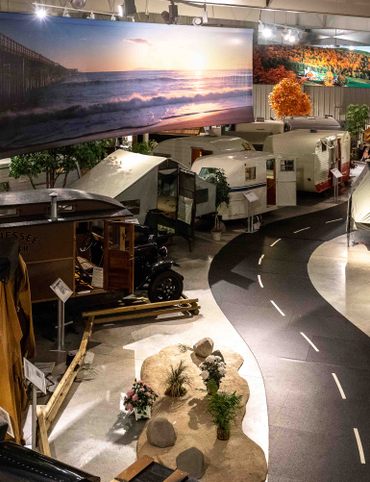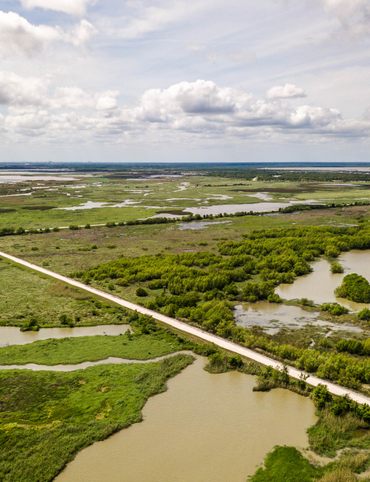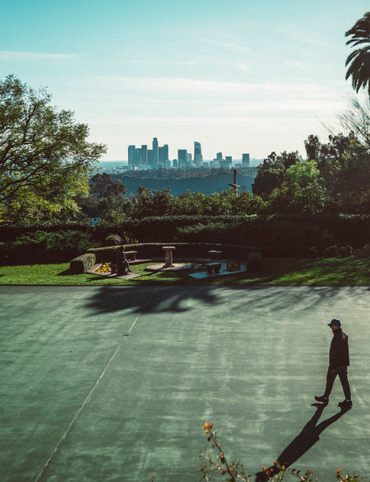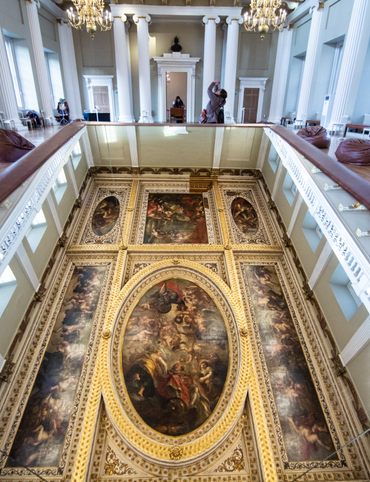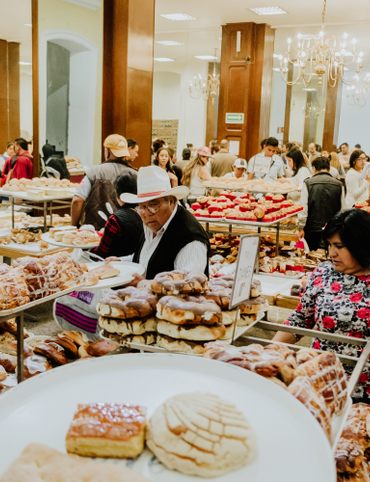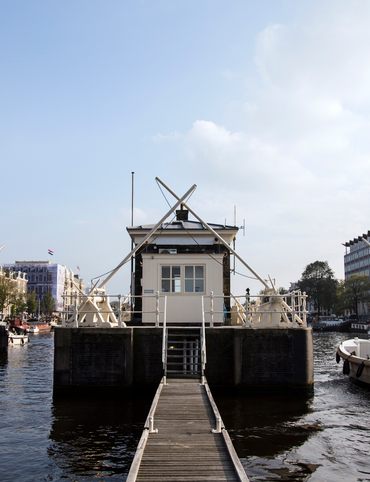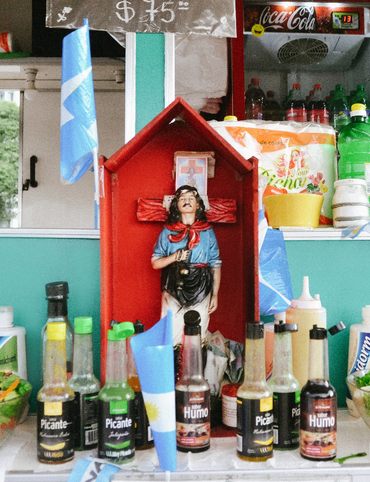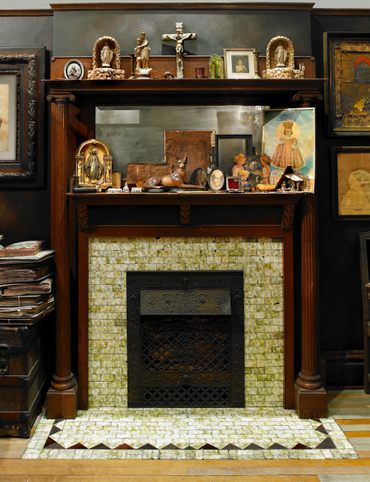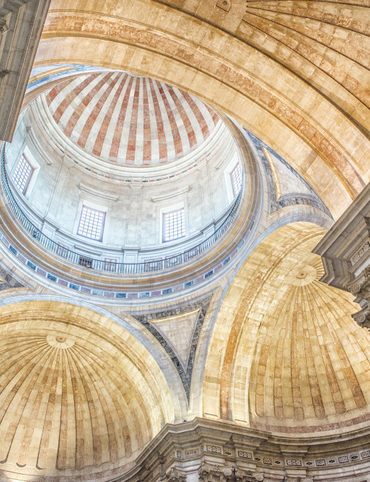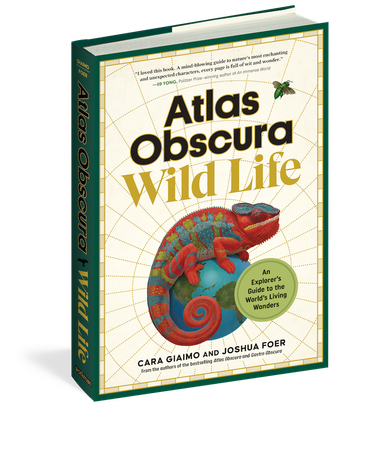An Explorer's Guide to
Hidden Haight-Ashbury
In 1967, 100,000 artists, activists, and hippies gathered in San Francisco’s Haight-Ashbury neighborhood for the Summer of Love. Janis Joplin and Jimi Hendrix played free concerts for fields of college dropouts, and San Francisco established itself as a countercultural capital.
More than 50 years later, in a city increasingly known for Twitter and tech rather than art and activism, travelers who come on a pilgrimage are often disappointed to find expensive, skin-deep psychedelia. But if you know where to look, you’ll find a walk down Haight Street to be wonderfully weird, full of historic links to hippiedom and modern takes on the vibe.
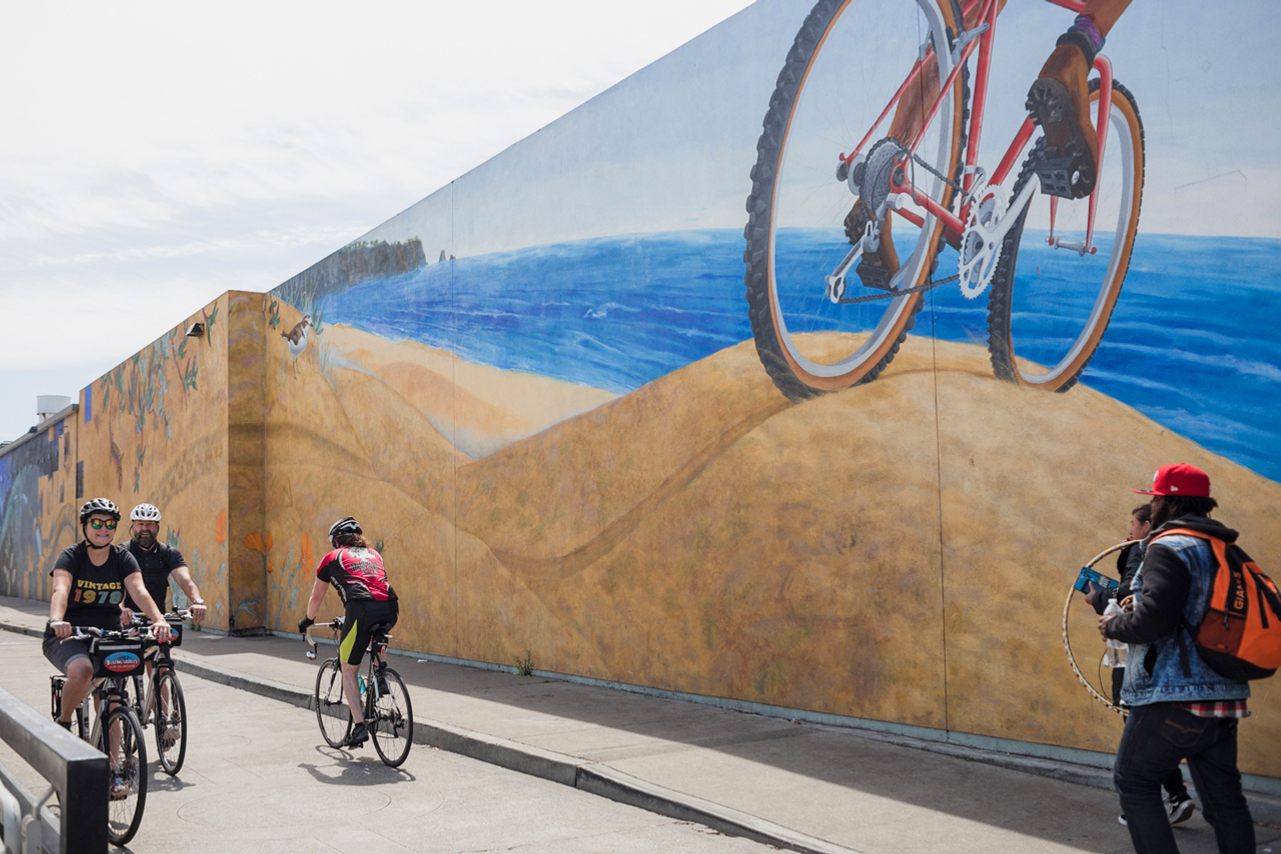
1. A 400-Foot Ode to Urban Cycling
You don’t have to be cycling past to appreciate the Duboce Bikeway. Park yourself in front of the mural that depicts a bike journey through the entire city, from downtown by the Bay to the sand dunes of Ocean Beach. To celebrate the establishment of this pathway—the city’s first stretch of road to be transformed by removing car traffic—the San Francisco Bicycle Coalition worked from 1996 to 1998 to create the painted scene in front of you.
Keep your eyes peeled for an anthropomorphized Transamerica Pyramid, a home gardener in front of a bright-yellow Victorian, and a giant raccoon (a regular sight on late-night rides). On the wall, the real-world Wiggle—a zig-zagging route that allows cyclists to ascend the hilly mile to the Haight and Golden Gate Park while bypassing the steepest inclines—is represented by a curving stream, a nod to the vanished creek bed beneath it.
398 Church St & Duboce Avenue, San Francisco, CA 94117
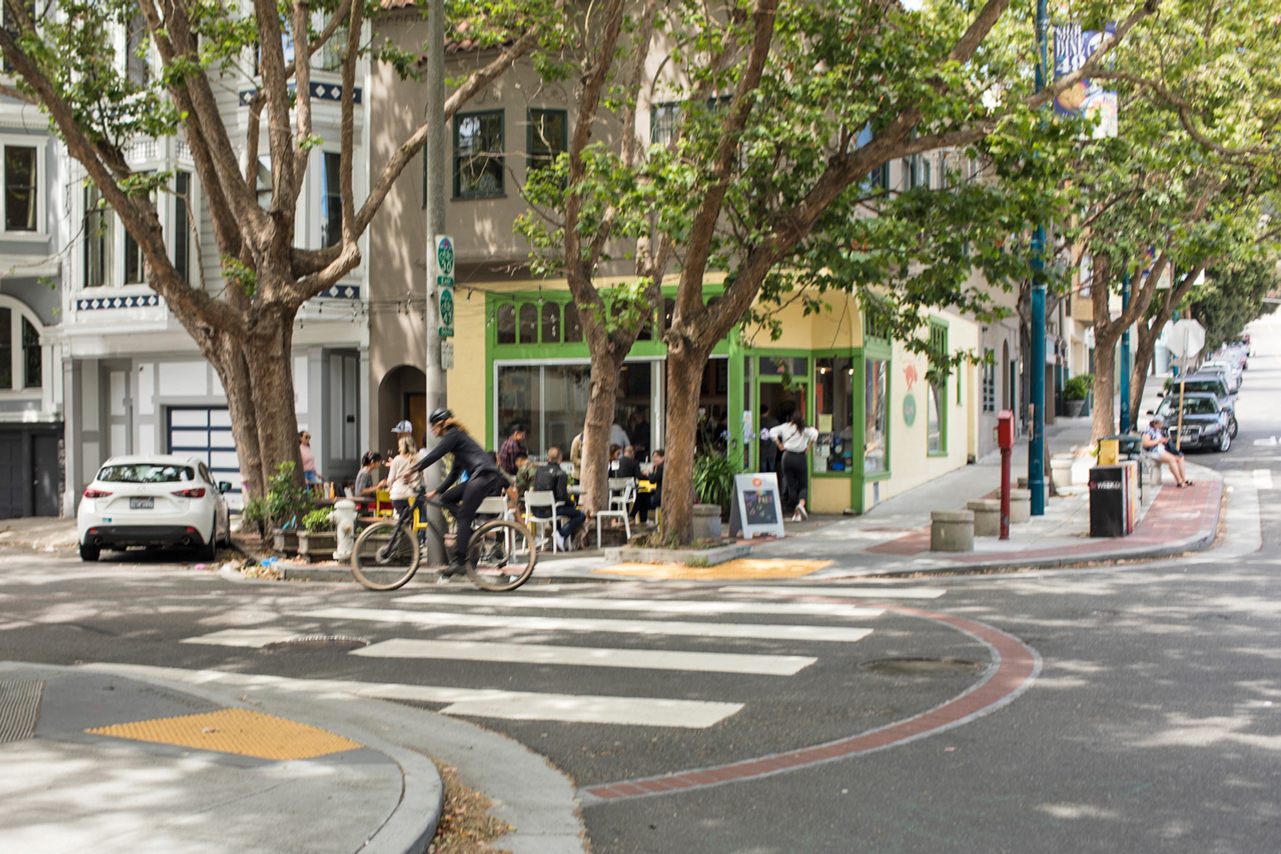
2. San Francisco’s Underground Water Cisterns
From the mural, head west on Duboce Avenue. As you pass the Muni stop, pause to admire—or just plop down in—chairs that look like a living room set spray-painted gold. The nine chairs are made of bronze, and are a public art installation called Domestic Seating.
Next, continue another short block to the intersection of Sanchez Street and Duboce. Here, on the street in front of a lively cafe, a ring of bricks indicates the location of an underground cistern that, together with 171 similar sites, holds some 11 million gallons of water. Scattered throughout San Francisco, these cisterns provide a backup should the primary water supply systems be disrupted or destroyed by an earthquake, as happened in 1906, when fires demolished most of the city. While you can’t view the cistern itself, you can enter nearby Duboce Park Café, buy Mitchell’s ice cream (ask if they have the ube flavor, which is arguably the best of the local institution’s vaunted tropical offerings), and enjoy it while thinking about the invisible infrastructure that keeps the city safe.
Sanchez St and Duboce Ave, San Francisco, CA 94114
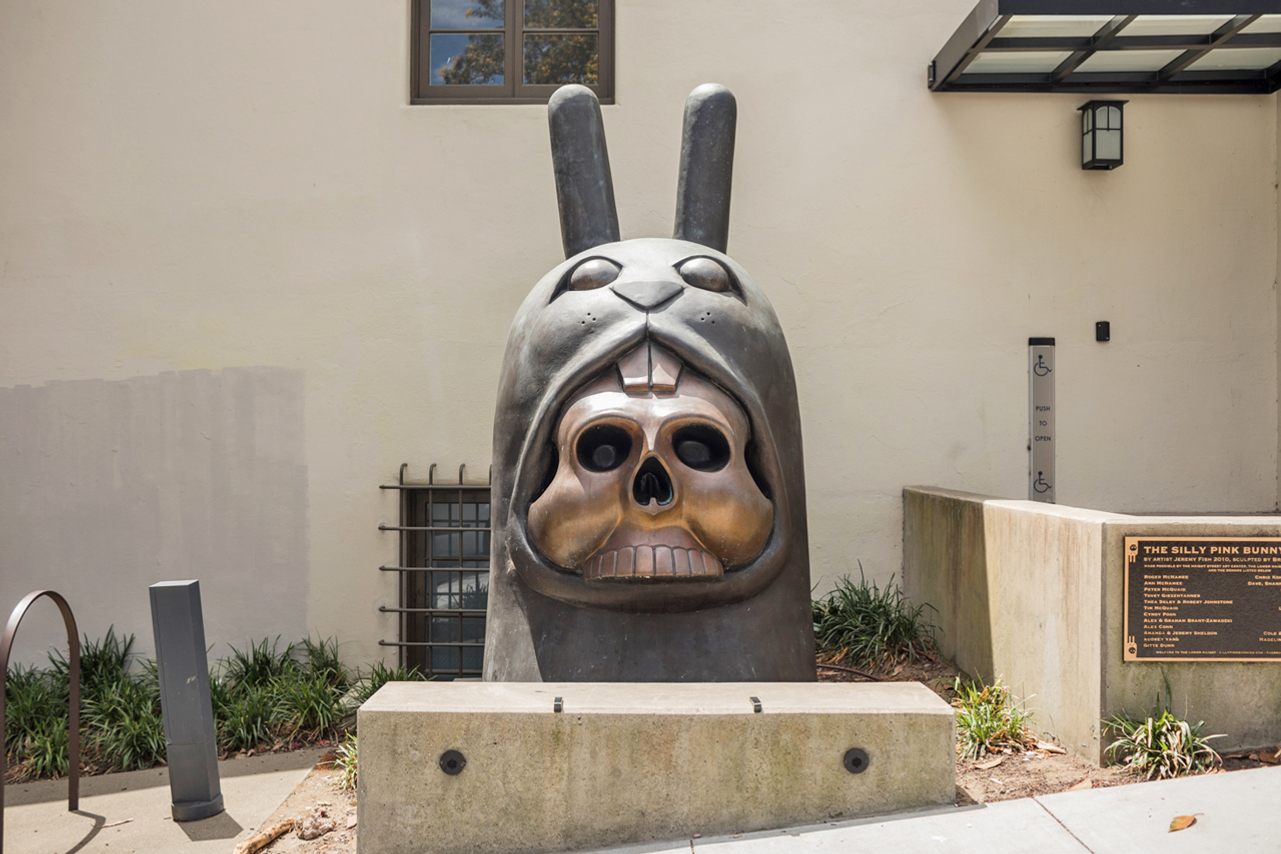
3. A Museum Devoted Entirely to Concert Posters
Can you spot the giant, bronze bunny sculpture on the sidewalk? If so, you’ve found the entrance to the otherwise under-the-radar Haight Street Art Center. Ring the bell to be let in, and you’ll find dozens of historic rock-concert posters, their psychedelic colors and designs contrasting with the simple black-and-white interior. The collection rotates—and often closes between exhibitions—so depending on when you come, you may see artwork from Detroit’s historic Grande Ballroom music venue, or every official Pearl Jam concert poster.
Staff describe the museum as both a work of preservation—fewer bands bother with concert posters now that promotion has moved online—and as an act of karmic justice: In the 1960s and ‘70s, poster artists were poorly paid and, since they received no copyright, earned nothing if rock bands made it big and used their work on album covers. Funding comes from, among others, a former business manager for the Grateful Dead, and the center displays and sells the work of modern artists, who can also use the upstairs print shop without paying San Francisco rents.
215 Haight St, San Francisco, CA 94102

4. Disco at the Church of 8 Wheels
Arrive at the Church of 8 Wheels in the morning, and it will look like any other closed place of worship. Arrive on a Friday or Saturday evening, though, and the open doors will lead you into a shrine to ‘70s and ‘80s rollerskating culture. Fifteen dollars gets you inside and into a pair of rented skates. When you’re ready, join the crowd, bust a dance move, and admire how well disco lights complement stained glass. If a member of the staff sees you struggling, they’ll likely ask if you want a quick lesson, and then instruct you to “walk like a duck.” (Don’t worry, you’ll graduate to coasting soon.) If skating’s not your speed, grab a seat and watch. The experienced skaters gliding along are magical; the facial expressions of newbies are pure delight.
Check the website for skating hours. If the stars don’t align during your visit, head next door to The Center SF. Yes, the yoga-and-meditation space and new age tea parlor, filled with laptop-toting young professionals in yoga pants, captures a widely mocked culture of modern San Francisco. But it’s also lovely and relaxing—especially while sipping the Pu’er tea or spicy cacao.
54 Fillmore St, San Francisco, CA 94117
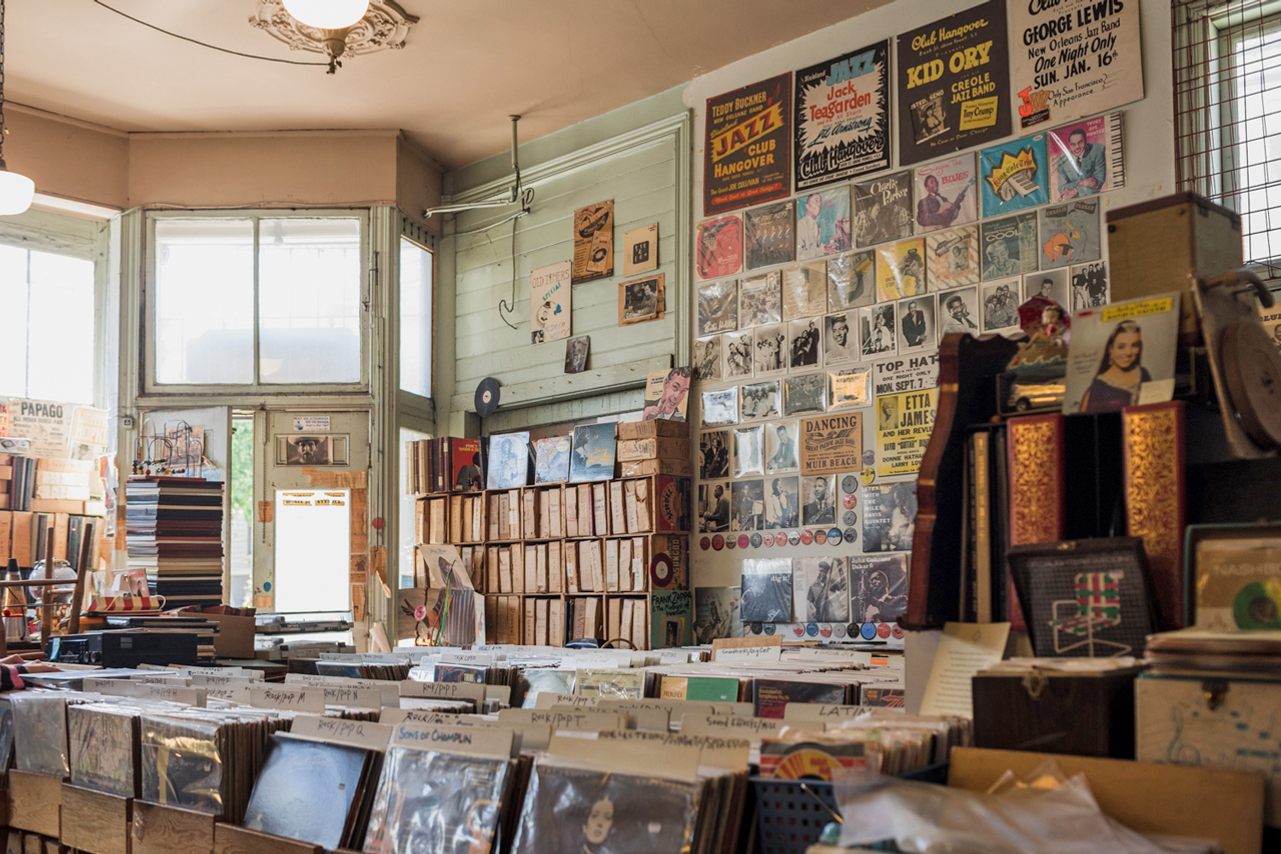
5. A Record Store Only Open 5 Hours a Week
While vinyl collectors often flock to Haight Street, Jack’s Record Cellar is almost unknown, because 163 hours a week, it looks like an abandoned property. The store opens only on Saturdays, from 2 to 7 p.m.—and even those hours aren’t guaranteed.
Once you’re inside the store, though, it’s a welcoming place. It feels like a cross between an organized shop and a chaotic attic, with broken records piled in a basket, an old Eames chair hoisted atop shelves, scraps of yellowed newspaper taped to the walls, and a proprietor commenting that the music playing is “dusty.” He’s referring to the sound of aged records, but the dust in the corners of Jack’s has had time to accumulate, as its history dates back to a 1950s location on Haight Street.
The shop specializes in 78s, a type of heavy but brittle record that plays a single song, and it’s easy to walk away with an armful of treasures. Plenty of records cost just a few dollars, and owner Wade Wright is happy to talk with enthusiastic novices and serious collectors. The store’s main business comes from eBay, but Wright opens up shop to interact with people and be part of the neighborhood. Even if you’ve never bought a record, after an hour of listening to Wright chat about the store’s early days, you might find yourself picking up the habit.
254 Scott St, San Francisco, CA 94117
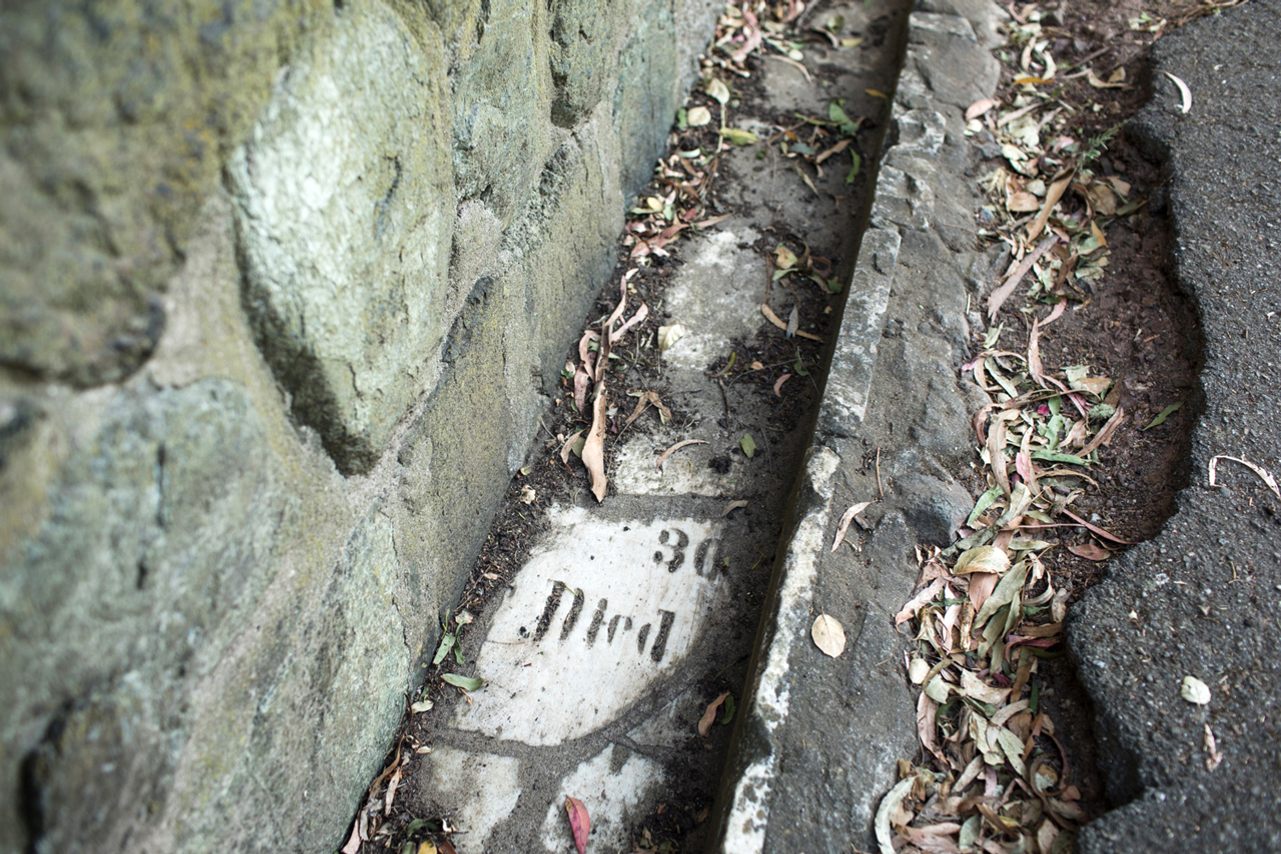
6. Repurposed Graves in Buena Vista Park
On the way to your next stop, pause as you cross Divisadero Street. Without any fanfare, you’ve crossed the Fog Line—the invisible barrier that separates the foggy western side of San Francisco from its (relatively) sunnier eastern half. As you may have experienced by now, the fog defines the city’s weather, and is so omnipresent that it has a name and Twitter account, Karl the Fog.
Keep going until you reach Buena Vista Park, where, as you stroll one of the city’s last oak woodland groves, you’ll notice little bits of marble bordering many of the paths. These are old tombstones, which workers repurposed into building materials a century ago, when the land-scarce city relocated its cemeteries south. Most of the marble is nondescript, but a few pieces have dates and names that reveal their provenance. To find them, enter from Waller and Buena Vista West, and then take a right after the playground, and another right after the dog run, and look for fading inscriptions. If you're a Hitchcock fan, exit near the park's southeast border. At 355 Buena Vista East, you'll glimpse a former hospital you might recognize from Vertigo.
Buena Vista Ave W & Waller St, San Francisco, CA 94117
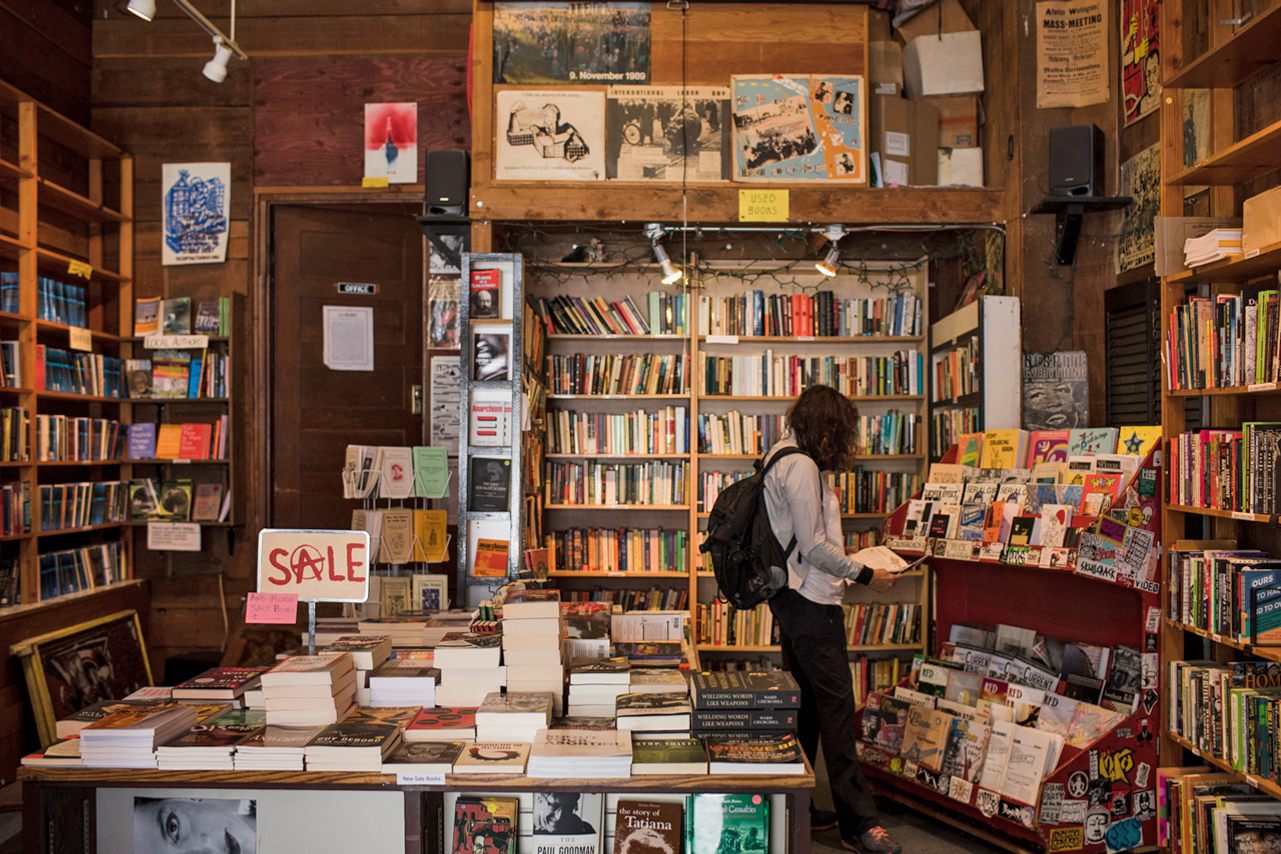
7. The Anarchist Collective Bookstore
Since 1976, the radical Bound Together bookstore has ensured that the Bay Area never lacks anarchist literature. Three shelves devoted to prominent anarchists including Emma Goldman and William Godwin form the heart of the humble, one-room shop. Other intriguing sections include “unjustly forgotten memoirs” by hobos, criminals, and misfits; voluminous volumes on drugs; and a selection of more mainstream books, the sale of which supports the Prisoners Literature Project.
Since Bound Together relies on volunteers, it can’t always stick to its listed hours, which are 11:30 a.m. to 7:30 p.m. daily. If you find it closed, you can admire its “Anarchists in the Americas” mural through the chain-link fence, and consider the chilling quote, “History remembers two kinds of people: those who murder and those who fight back.”
1369 Haight St, San Francisco, CA 94117
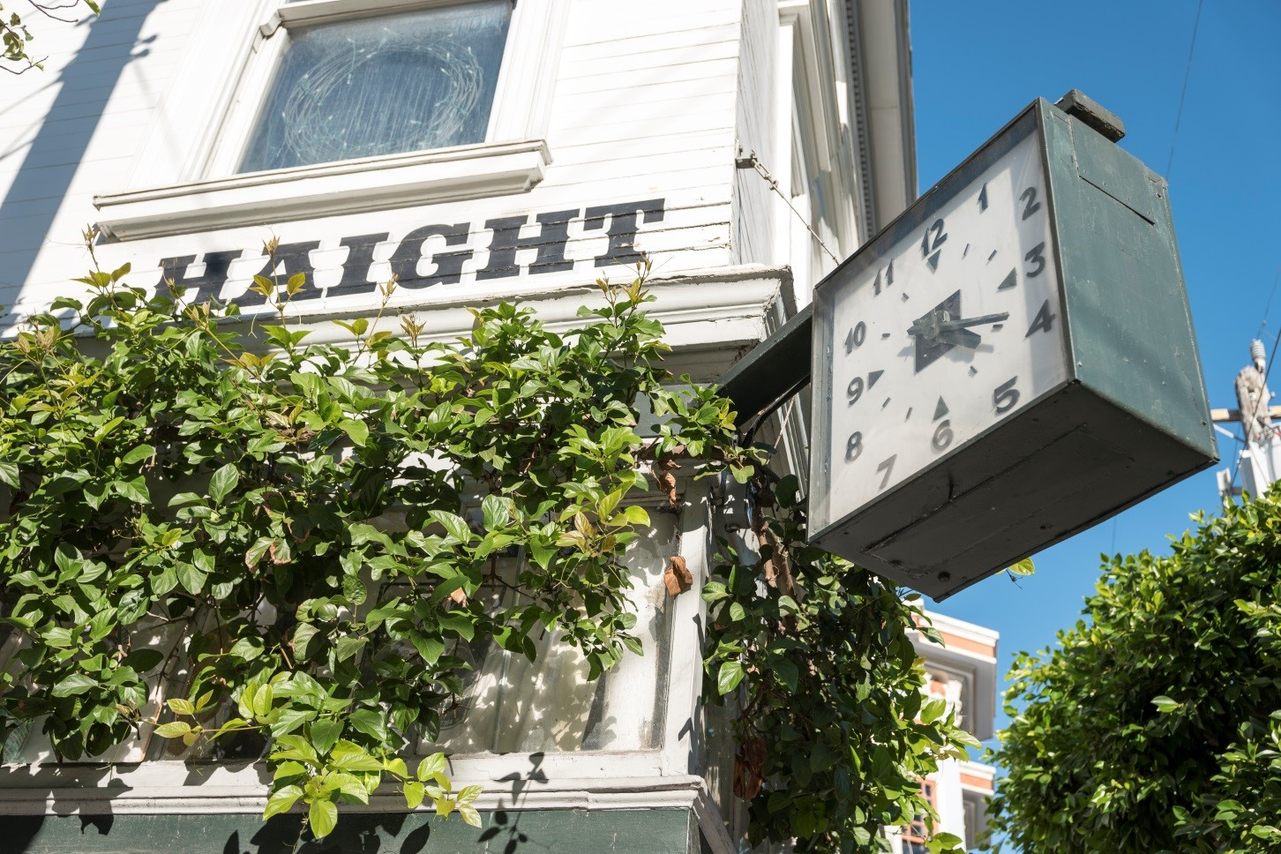
8. A Hippie Museum in the Making
While Summer of Love hippies succeeded in spreading their message across the country, they did not leave many physical traces behind. The intersection of Haight and Ashbury is a lone spot where pilgrims can admire the clock on the northwest corner set permanently to 4:20, a reference to cannabis culture, and pose where the Grateful Dead once took iconic photos.
Norm Larson, a neighborhood fixture who lived in the house above the 4:20 clock for more than 30 years, successfully applied for landmark status for the building and bequeathed it to the nonprofit SF Heritage before his death in 2018. That group is now working with the National Trust for Historic Preservation and the Haight Street Art Center to turn it into a cultural destination. It’s still in the planning stage, and the team has yet to decide how to balance memorializing the neighborhood’s counterculture history with showcasing the house’s early-1900s architecture—and other proof of its long life, including plaster cracked by the 1906 earthquake. They’re also deciding how to treat Larson’s unique touch (the house is still furnished just as he left it). For now, SF Heritage is offering occasional tours. Check the organization’s website for details.
557 Ashbury St # B, San Francisco, CA 94117

9. A Little Shop of Horrors
According to owner Audra Kunkle, people were afraid to enter her establishment, Loved to Death, when it opened in 2008. But such are the challenges of running a store whose aesthetic could be described as “beautifully morbid Halloween.” Now an established part of Haight-Ashbury, it’s full of memento mori and items with a goth or Victorian aesthetic, although, due to concerns about ethical sourcing, the shop has stopped selling taxidermy. If you’re not sure where to start, popular items include rings made with glass eyeballs, plus lucite specimens, such as preserved butterflies presented in glass. Kunkle prepares many of them in a small workshop upstairs.
1681 Haight St, San Francisco, CA 94117

10. Books in Chronological Order
There are several ways to organize books—by the Dewey decimal system, for instance, or alphabetical order. But at the Bindery, the bookstore’s volumes are ordered by publication date. The effect is a tour through history—mainly Western—from religious texts and epics to postmodern novels and young-adult fantasy, with longer stops at World War II and the counterculture ‘60s and ‘70s. A bar serves cocktails and kombucha that can be enjoyed on a leather couch while flipping through a book from any century. Part of the appeal, too, is reading staff recommendations for classic works published centuries ago. (“Socrates is a slippery character,” writes one employee of Plato’s Republic. “Read carefully.”) The bookstore is open Friday, Saturday, and Sunday afternoons and evenings, as well as for events throughout the week. If it’s closed, visit the Booksmith down the street.
1727 Haight St, San Francisco, CA 94117
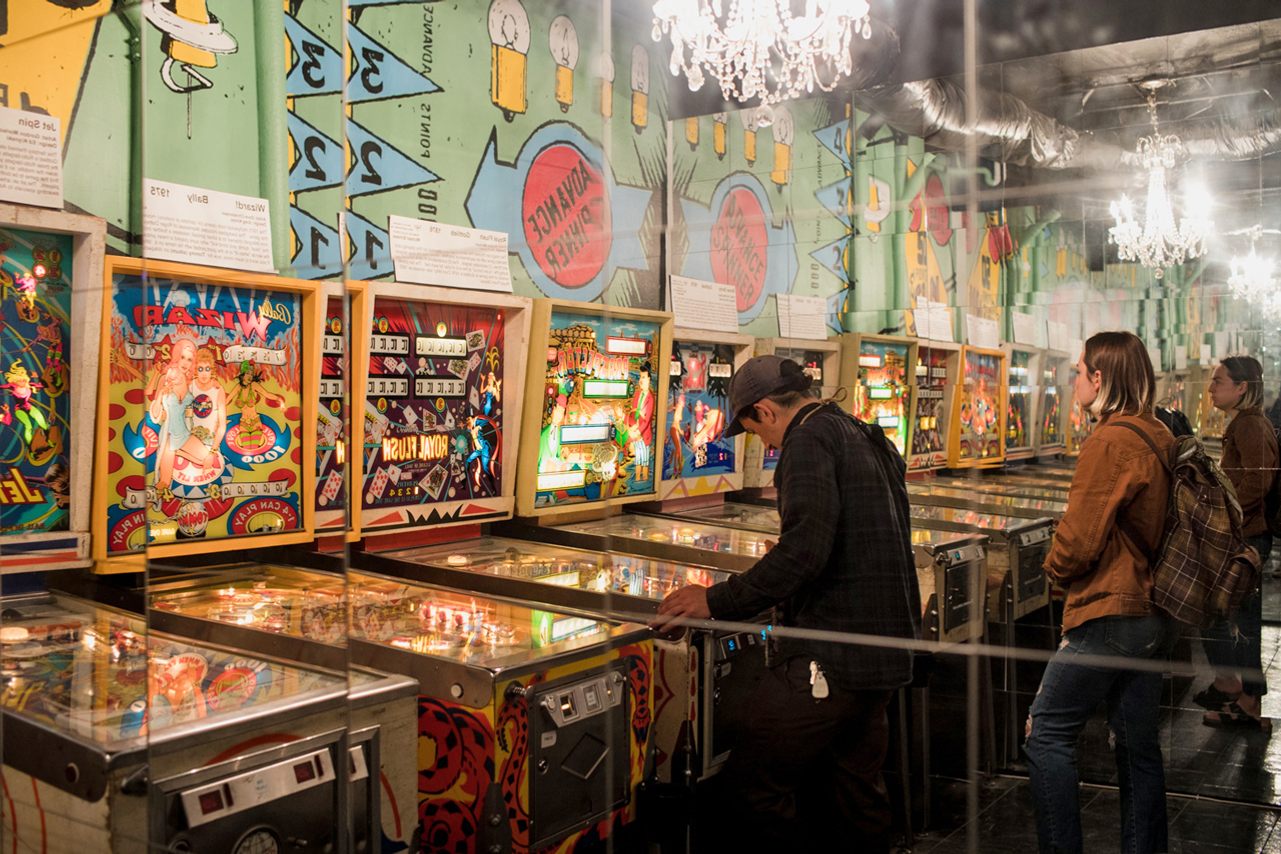
11. Pinball in the Secret Juju Room
Waller is a quiet, residential street—with one exception. Turn into the print shop Free Gold Watch and you’ll be greeted by the bleeps, bloops, and whooshes of more than 50 pinball machines, along with an equally enchanting display of flashing lights, Christmas bulbs, and chandeliers. The shop’s primary business is printing custom t-shirts—but when, in 2011, the staff filled some empty space with pinball machines, surprising numbers of customers materialized. So they added more and more, until they ran afoul of arcane arcade laws, and worked with city officials on reforms to legally operate what is now the largest pinball arcade in the city.
Proprietor Matt Henri suggests Monster Bash as the most fun pinball machine. A smattering of arcade games—think Pac Man or Big Buck Hunter—are also on offer, and if you ask nicely, you can play on the staff-only pool table. For a special treat, turn into the small side space, also known as the Secret Juju Room, which contains a rotating selection of historic games on loan from the Pacific Pinball Museum. If your first play goes poorly, don’t give up. Bend your knees, get into a good stance, and smash those paddles early and often.
1767 Waller St, San Francisco, CA 94117
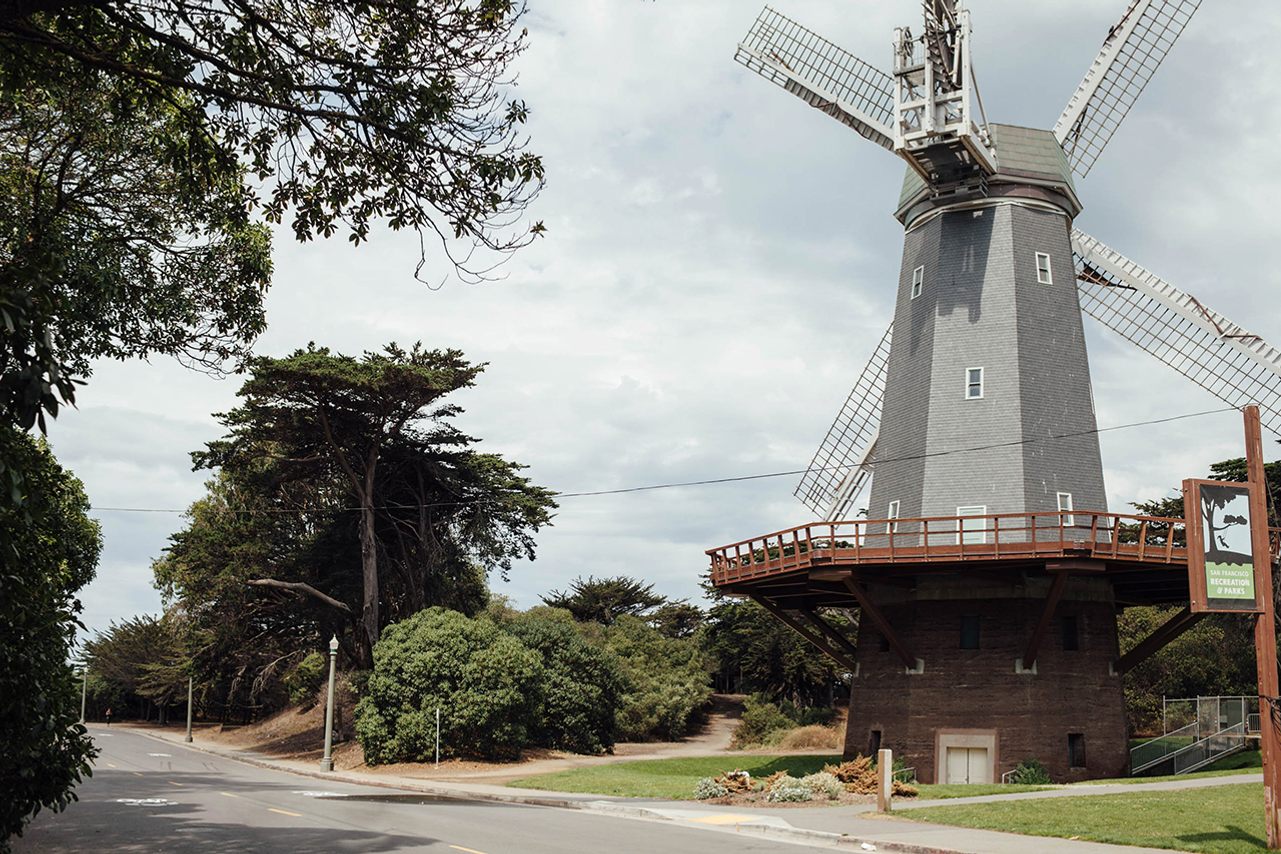
12. Hidden Wonders of Golden Gate Park
If you wander into Golden Gate Park a dozen times, there’s a good chance you’ll see many more than 12 wonders. Its lush landscape, which extends three miles from the end of Haight Street to the sand dunes of Ocean Beach, contains two museums, playing fields, a tea garden, and a botanical garden. But the park is home to countless hidden treasures, too. To see them, rent a bike from Golden Gate Tours & Bike Rentals (on Haight Street) or Avenue Cyclery (on Stanyan Street), or take advantage of the free shuttle that runs Saturdays and Sundays on John F. Kennedy Drive.
Enter the park to the right of Haight Street and head down JFK Drive. Shortly after passing the Conservatory of Flowers, there will be an ovular patch of concrete on your right. This is the Skatin’ Place—a throwback to the ‘70s, when tens of thousands of San Franciscans roller skated on JFK each weekend. If you’re lucky, a group will be disco skating. And if you’re very lucky, they’ll be doing a synchronized “Thriller” dance.
Your next stop is a fairy home, and, as is usually the case with fairies, it’s not easy to find. Continue on JFK until you pass the Rose Garden, then immediately turn left onto a concrete sidewalk. When the trail forks, look for a long log split in two. On its far end, you’ll find a tiny door with a wee nob—just the right size for small fairy hands. This is one of several “faery doors” installed by the local artist Tony Powell around the Bay Area. Inside, you may find presents left by other human visitors. You may also find snails and insects who have moved in.
Continue on the concrete path and take the stairs on your right up to Stowe Lake. Across the pond, you’ll see a pagoda, which you can visit in person via bridges in either direction. This Chinese Pavilion was a gift from San Francisco’s Taiwanese sister city, Taipei, in 1981, and just beyond its flowers and white walls, you’ll find a waterfall cascading with enough force to create a refreshing mist.
Return to JFK Drive and head west for a mile and a half until you spot the park’s bison paddock. A herd of the one-ton megafauna have called the park home since the 1890s, when park administrators acquired a breeding pair for a zoo-like attraction. Over time, this evolved into an effort to help save the endangered bovines. Today, all of the bison are female.
Finish your tour by walking or biking to the very end of the park, where two Dutch windmills stand sentry by the ocean. Now decommissioned, the pair once pumped water to irrigate the park, which, like other portions of the western half of the city, was once sand dunes and marsh. Signs posted beside the southern windmill give you a sense of how their steampunk machinery terraformed the area.
Page St & Stanyan St, San Francisco, CA 94117
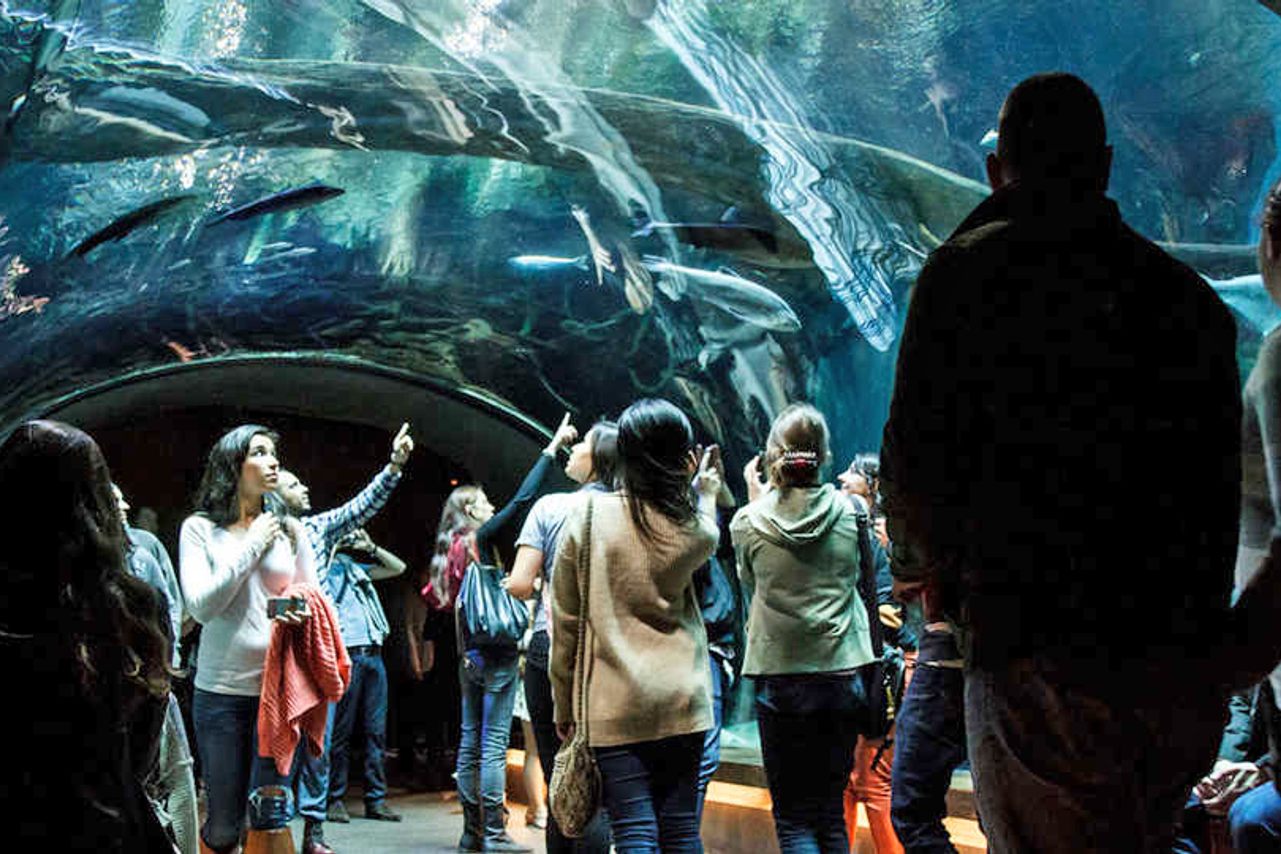
13. Night at the Museum
Any time you visit the California Academy of Sciences in Golden Gate Park, you can be charmed by an African penguin colony, watch stingrays swimming serenely, and meet Claude, the albino alligator whose birthday is celebrated with musical numbers and grand soirees. But at Nightlife, the museum’s 21+ event on Thursday nights, you can do it all with a cocktail in hand.
First, head to the rainforest before the animals’ strict 7:45 p.m. bedtime. You’ll enter the humid landscape through double doors (to prevent butterfly escapes) and ascend a curving ramp from the forest floor to the understory to the canopy, then ride an elevator down below the waterline, where catfish and a paiche—one of the world’s largest freshwater fish—swim in a simulation of the Amazon’s seasonal flooding. Pass anacondas on your way to the tidepool, where you can pet starfish and sea urchins and hold a shark egg, and keep an eye out for Methuselah the Australian Lungfish, who has been placidly swimming on exhibit since 1938. (The Academy was founded in 1853, when the city of San Francisco barely existed, and specimens from a 1905-1906 Galápagos expedition form the foundation of its research collection.) As the night wears on, head up to the living roof, which looks a bit like a moon base with greenery, and stargaze with telescope-equipped staff.
55 Music Concourse Dr, San Francisco, CA 94118
Special thanks to Sam Whiting of the San Francisco Chronicle and Jayson Wechter of SF Treasure Hunts.
